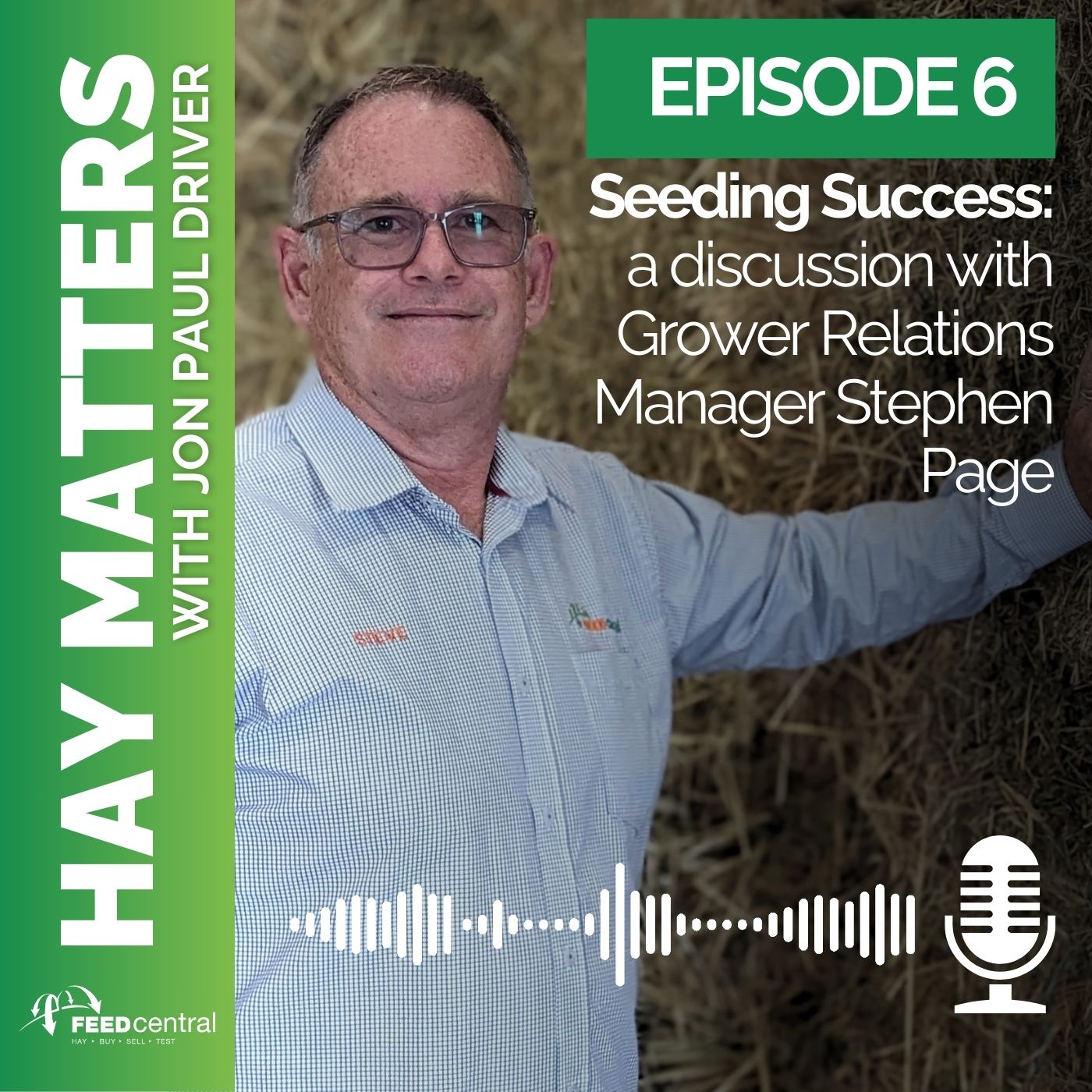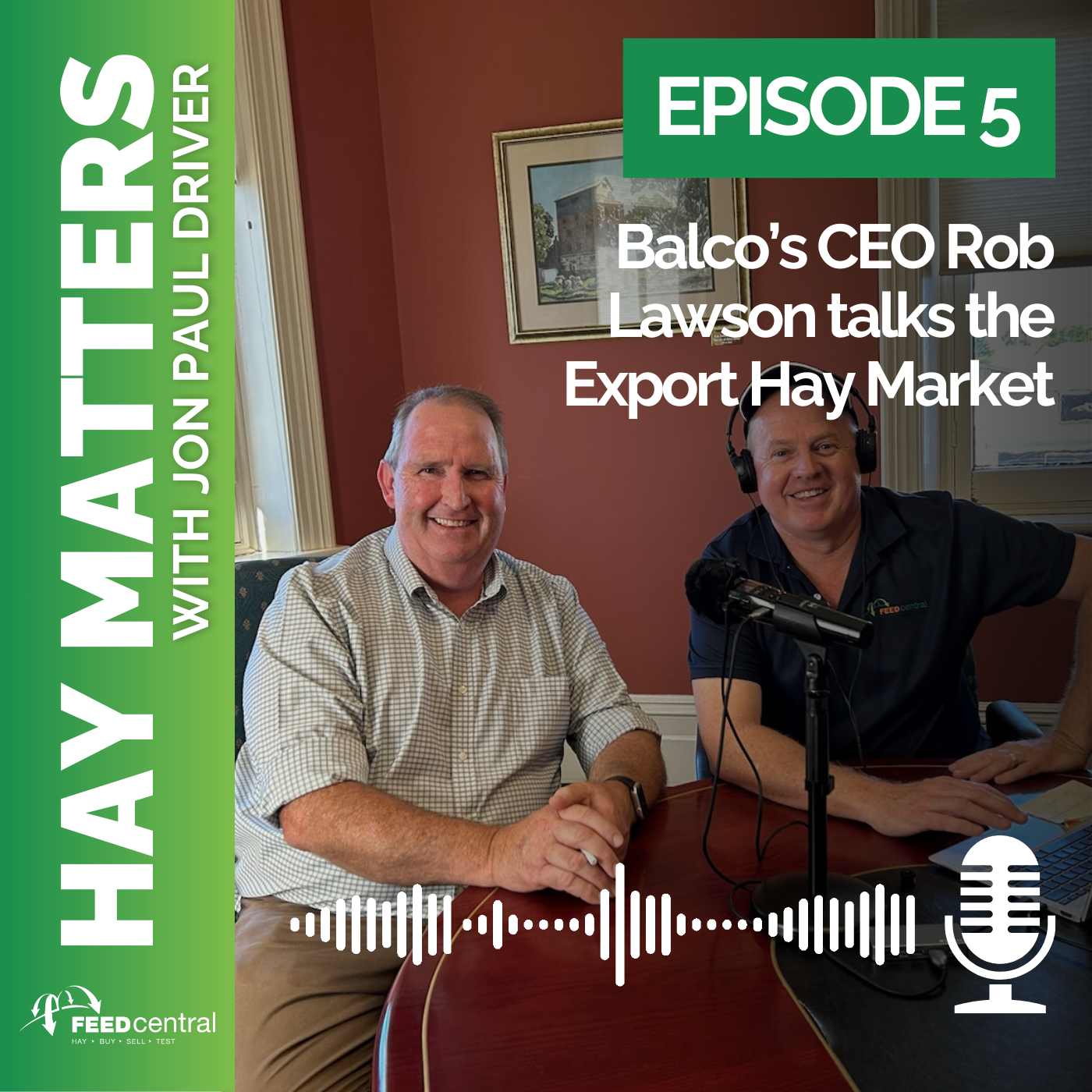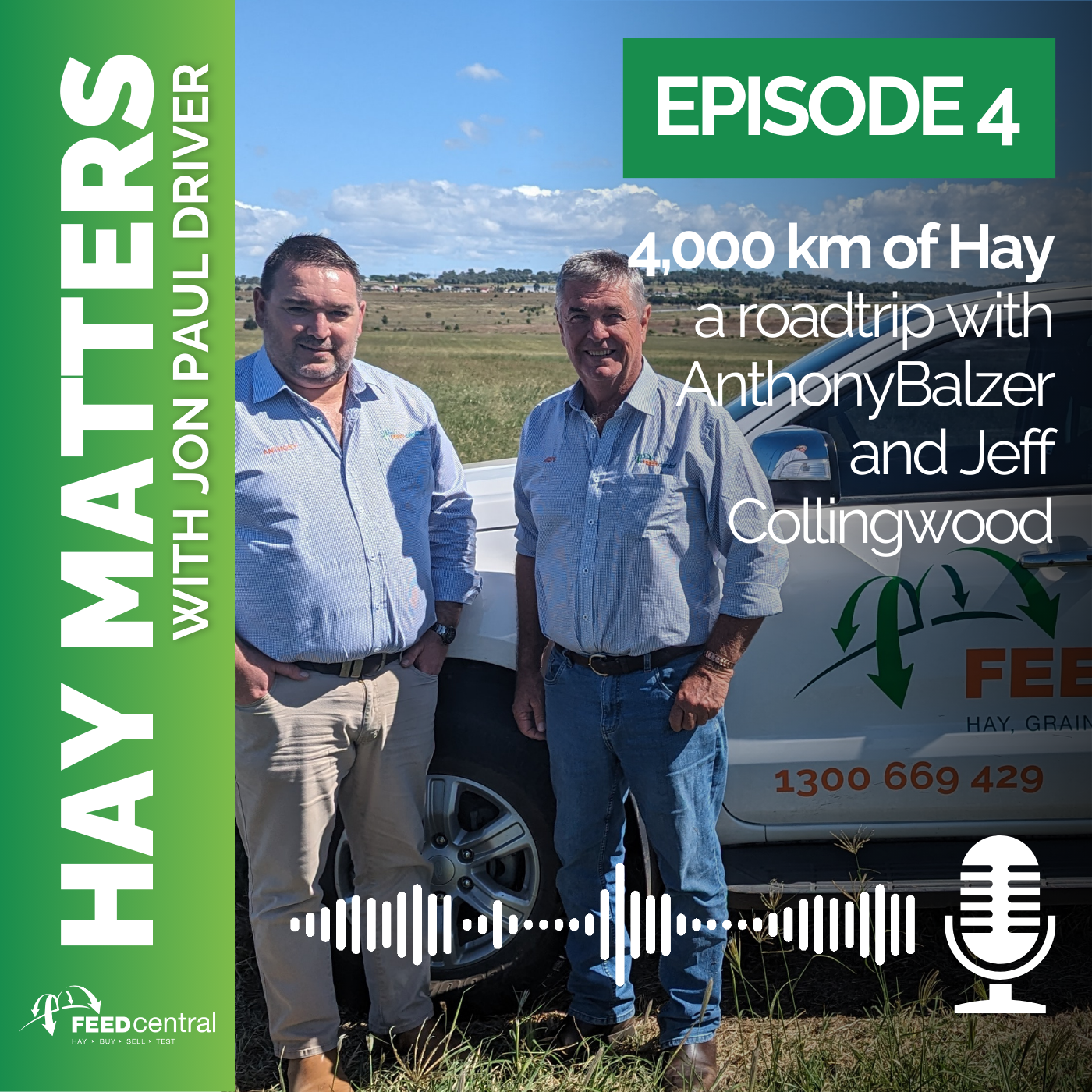The level of demand in the coming seasons with the present challenges is very much an unknown. There is a large enough quantity of carry-over old season stock heading into the 2021/22 season. The majority of this is below the normal quality of previous seasons. New-season quality Hay will be preferred.
Traditionally, large volumes of Hay are made nationally in Spring during a 90-day window. However, for many, Grain will be the go-to option for the 21/22 season, due to drought in America, floods in China and Russia’s grain forecast for 2021 being downgraded by 5.9 million tons (according to leading Moscow agricultural consultancy Sovecon). Prices for Grain are expected to remain firm due to the above.
Our view will remain that if producers do not have appropriate shed space for storage or a firm immediate off-the-paddock market, Hay and straw should not be considered an option.
With grain being a legitimate contender this season, we could see less Hay being made. Additionally, there is the possibility of a wet harvest (as per current weather forecasts as of August 2021). This will place downward pressure on the quantity of quality Hay produced this season. If we see normal demand or move into dry conditions in 2022 this could lead to a shortage of quality Hay across the board.
Once you’ve made your Hay we suggest you do this:
• Get it in the shed! Protect the investment.
• Get your Hay Quality Assured.
» Why? It shows the buyers you are committed to producing a quality product. Buyers are becoming ever more particular. Quality in, better returns out. Buyers are looking at the price, (Metabolizable Energy) M.E score, (Crude Protein) C.P score and Visual Inspection score. Without this detail, you will struggle to accurately describe your product and justify your asking price.
Grab your Feed Testing Kit here.
• Once Quality Assured – talk to a Hay market expert.
» Why? Because once you know all the facts you can accurately benchmark the price of your product with a Hay market expert. We have a team of experienced Hay experts who are happy to talk with producers at any time.
Free call: 1300 669 429.
• Keep your price & bale numbers up to date.
» No matter where you advertise, keep all the information relevant. Don’t let an old price or wrong bale number be advertised; it could see you missing out on a deal.


